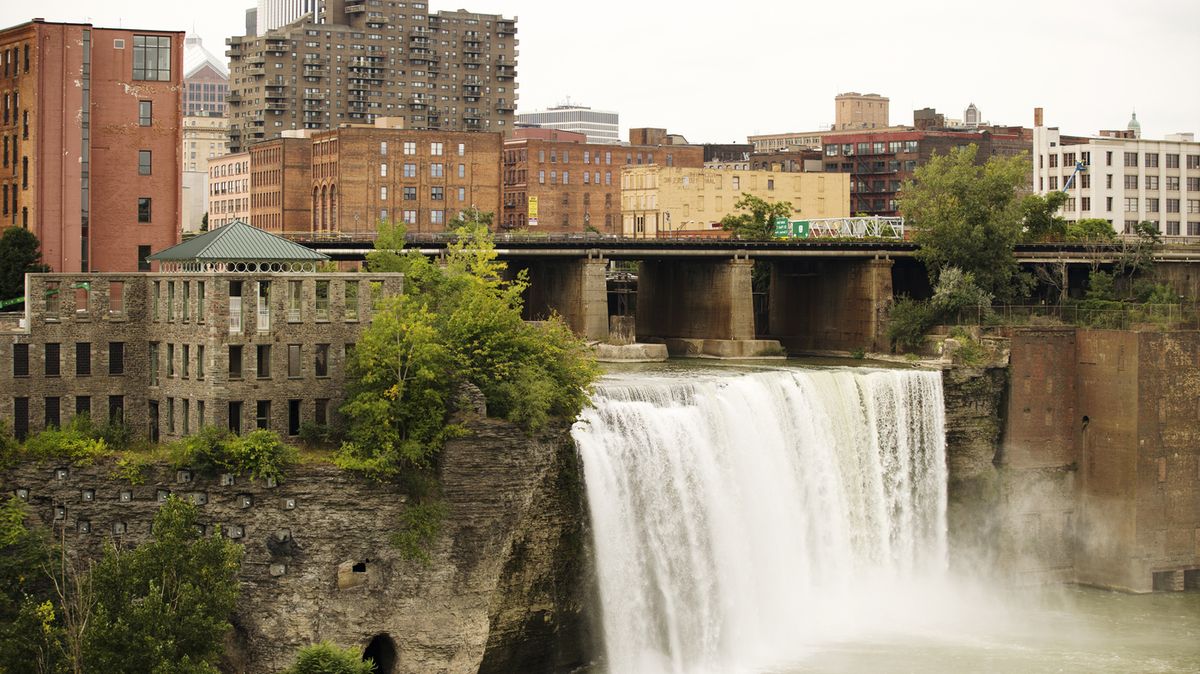Lost Magic Lantern Factories Of Rochester: Forgotten Workshops

Have you ever wondered about the lost magic lantern factories of Rochester? These forgotten workshops once buzzed with activity, producing the enchanting devices that brought early forms of visual entertainment to life. Magic lanterns, predecessors to modern projectors, used light and glass slides to create captivating images. Rochester, known for its innovation in optics, played a significant role in this industry. Today, these factories are mostly forgotten, their stories buried under layers of history. Yet, their impact on visual storytelling remains significant. Join us as we delve into the history of these magical devices and the people who crafted them.
The Rise of Magic Lanterns in Rochester
Magic lanterns, the precursors to modern projectors, once held a significant place in Rochester's industrial history. These devices, which used light to project images onto walls, were popular in the 18th and 19th centuries. Rochester, known for its innovation, became a hub for magic lantern production. Let's explore some of the forgotten workshops that contributed to this fascinating era.
1. The Rochester Optical Company
The Rochester Optical Company, established in the late 19th century, played a crucial role in the development of magic lanterns. Known for its high-quality lenses and precision engineering, this company was a pioneer in the field. Their lanterns were renowned for their clarity and durability, making them a favorite among educators and entertainers.
2. Bausch & Lomb
Bausch & Lomb, a name synonymous with optical innovation, also dabbled in the production of magic lanterns. Founded in 1853, this company initially focused on eyeglasses but soon expanded its product line. Their magic lanterns were known for their advanced optics and sleek designs, setting them apart from competitors.
3. Gundlach-Manhattan Optical Company
Gundlach-Manhattan Optical Company, another Rochester-based enterprise, made significant contributions to the magic lantern industry. Established in the late 1800s, this company specialized in producing high-quality projection equipment. Their lanterns were popular in both domestic and international markets, thanks to their innovative features and robust construction.
4. Eastman Kodak Company
Eastman Kodak, a giant in the world of photography, also had a hand in the magic lantern business. While primarily known for its cameras and film, Kodak produced a range of projection devices, including magic lanterns. Their products were known for their reliability and ease of use, making them a popular choice for both amateur and professional users.
5. Spencer Lens Company
Spencer Lens Company, founded in the early 20th century, was another key player in Rochester's magic lantern industry. Specializing in optical instruments, this company produced lanterns that were highly regarded for their precision and performance. Their commitment to quality made them a trusted name in the field.
6. Wollensak Optical Company
Wollensak Optical Company, established in 1899, was known for its innovative approach to optical technology. Their magic lanterns featured cutting-edge designs and superior optics, making them a favorite among enthusiasts. The company's dedication to excellence ensured that their products remained in demand for many years.
7. C.P. Goerz American Optical Company
C.P. Goerz American Optical Company, a subsidiary of a German firm, also contributed to Rochester's magic lantern legacy. Known for their high-quality lenses and precision engineering, Goerz's lanterns were popular in both educational and entertainment settings. Their products were celebrated for their clarity and durability.
8. The Keystone View Company
The Keystone View Company, primarily known for its stereoscopic images, also produced magic lanterns. Their lanterns were designed to complement their extensive collection of educational slides, making them a valuable resource for schools and libraries. Keystone's commitment to quality ensured that their products were both reliable and effective.
9. The American Optical Company
The American Optical Company, one of the oldest optical firms in the United States, also had a presence in Rochester's magic lantern industry. Their lanterns were known for their innovative designs and superior optics, making them a popular choice among professionals. The company's dedication to quality and innovation ensured that their products remained in demand.
10. The McIntosh Battery and Optical Company
The McIntosh Battery and Optical Company, established in the late 19th century, was another key player in the magic lantern market. Known for their high-quality projection equipment, McIntosh's lanterns were popular in both domestic and international markets. Their commitment to innovation and quality made them a trusted name in the industry.
Rediscovering Rochester's Hidden History
Rochester's magic lantern factories hold a unique place in history. These forgotten workshops were once bustling hubs of innovation and creativity. They produced magic lanterns that brought stories to life, captivating audiences with their enchanting light shows. Today, few traces remain of these factories, but their legacy lives on in the memories of those who experienced their magic.
Exploring these hidden gems offers a glimpse into a bygone era. It reminds us of the importance of preserving our cultural heritage. By learning about these factories, we gain a deeper appreciation for the craftsmanship and ingenuity that defined Rochester's past.
Next time you visit Rochester, take a moment to reflect on the magic lantern factories. Their story is a testament to the city's rich history and the enduring power of innovation.

